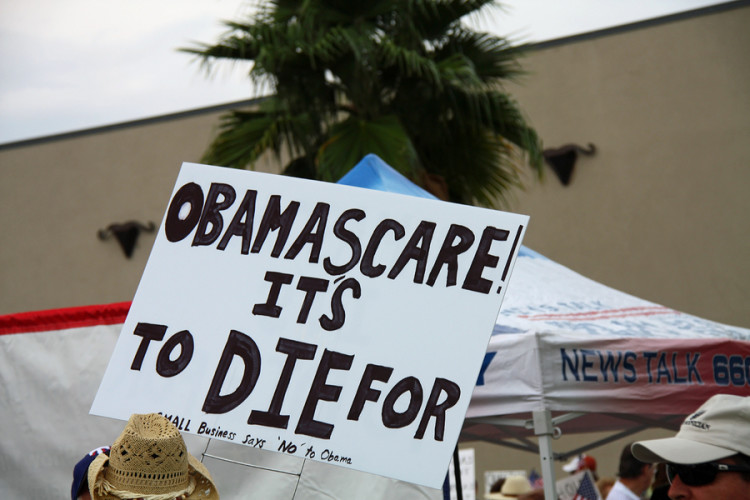Looks Like Obamacare Delivers. Just Not Much.: Megan McArdle

©2015 Bloomberg View
NWBUCN6KLVRK
(Bloomberg View) — The administration is expecting barely any increase in enrollment in Obamacare next year. The forecast is for enrollment of only 10 million, just a smidge higher than the 9.9 million currently enrolled.
If enrollment growth has truly stalled out, that would be big news. The Congressional Budget Office had originally forecast that 22 million people would enroll in the exchanges in 2016. Some of this disparity may be because fewer employers are “dumping” employees onto the exchanges, but at best this could account for less than half of the shortfall. Mostly, this represents people who were expected to sign up declining to do so.
Of course, the Obama administration’s estimate could be a lowball. After the embarrassing performance when Obamacare began, officials have tended to underpromise, enabling them to trumpet a nice “upside surprise” when they tell the public about enrollment.
Still, even if there is an upside surprise, it’s more likely to be on the order of a million or so than the missing 12 million people who were expected to be on the exchanges. What should we take from this? * People are mostly interested in Obamacare only if they get large subsidies. The CBO had projected that by 2016, about 80 percent of people buying an exchange plan would be subsidized; in 2015 the actual percentage was 87 percent.If the administration is correct about the enrollment estimates, it seems mathematically impossible that this number will increase significantly. A report this year from the consulting company Avalere Health said that exchange enrollment is disproportionately concentrated among people who are close to the poverty line; most of the eligibles over 200 percent of the poverty line have declined exchange policies, and almost none of those whose incomes are too high for subsidies have bought policies on the exchange.
* The exchanges are going to have smaller pools than expected. Insurance is based on the law of large numbers; the bigger the pool, the easier it is to project your costs, because the outliers — people who were unusually healthy or unusually sick — cancel each other out. Smaller pools mean more risk.
* There’s probably some adverse selection. Insurers have sporadically mentioned that the pool was sicker than expected, a problem reflected in the program’s risk-adjustment programs, which had far more claims for excess losses than payments from insurers that had unexpectedly good results. If half of your enrollment is missing, it’s a good bet that the missing people are disproportionately the healthy folks who don’t expect much in the way of health-care costs.
* The program will cost less than projected, since fewer people will be getting subsidies. The original CBO projections expected 19 million people getting subsidies on the exchanges; the actual number looks like something under 9 million. Some of those people are of course getting employer insurance, with the accompanying tax subsidy, so the savings will not be as great as those numbers would suggest, but it will still be a noticeable reduction in the government spending.
Obamacare has undoubtedly produced a large drop in the number of uninsured. But if the administration is correct, then that decline will be less than half of what was originally expected, both because of the underenrollment in exchange policies and because so many states didn’t expand their Medicaid programs. The program may be shaping up as a modest expansion of Medicaid, coupled with a more robust version of the old high- risk pools.
Obamacare’s architects can justifiably say that this is more than we had before. But it is less than anyone expected.
This column does not necessarily reflect the opinion of the editorial board or Bloomberg LP and its owners.
To contact the author of this story: Megan McArdle at mmcardle3@bloomberg.net To contact the editor responsible for this story: Philip Gray at philipgray@bloomberg.net
For more columns from Bloomberg View, visit http://www.bloomberg.com/view







No Comment